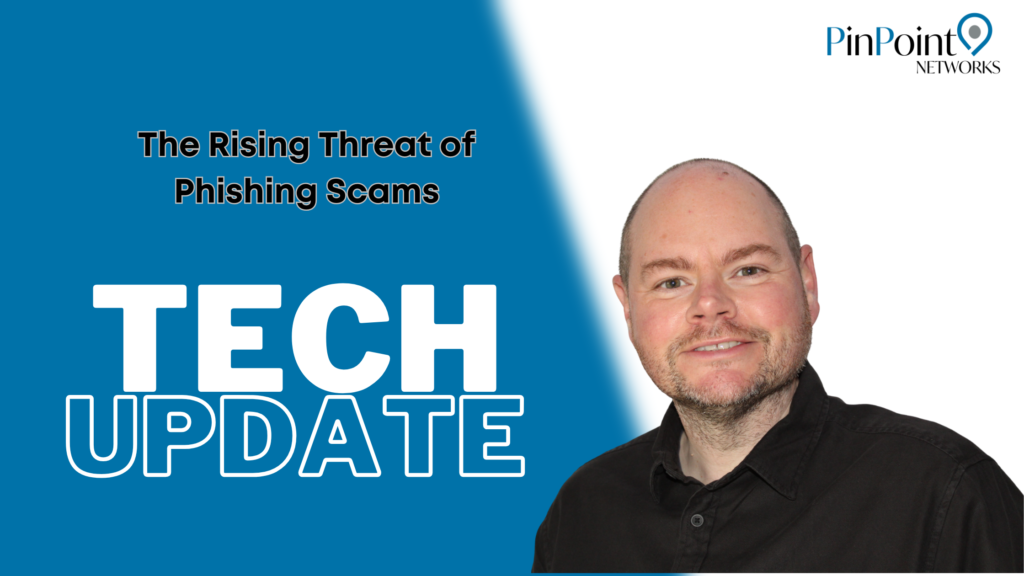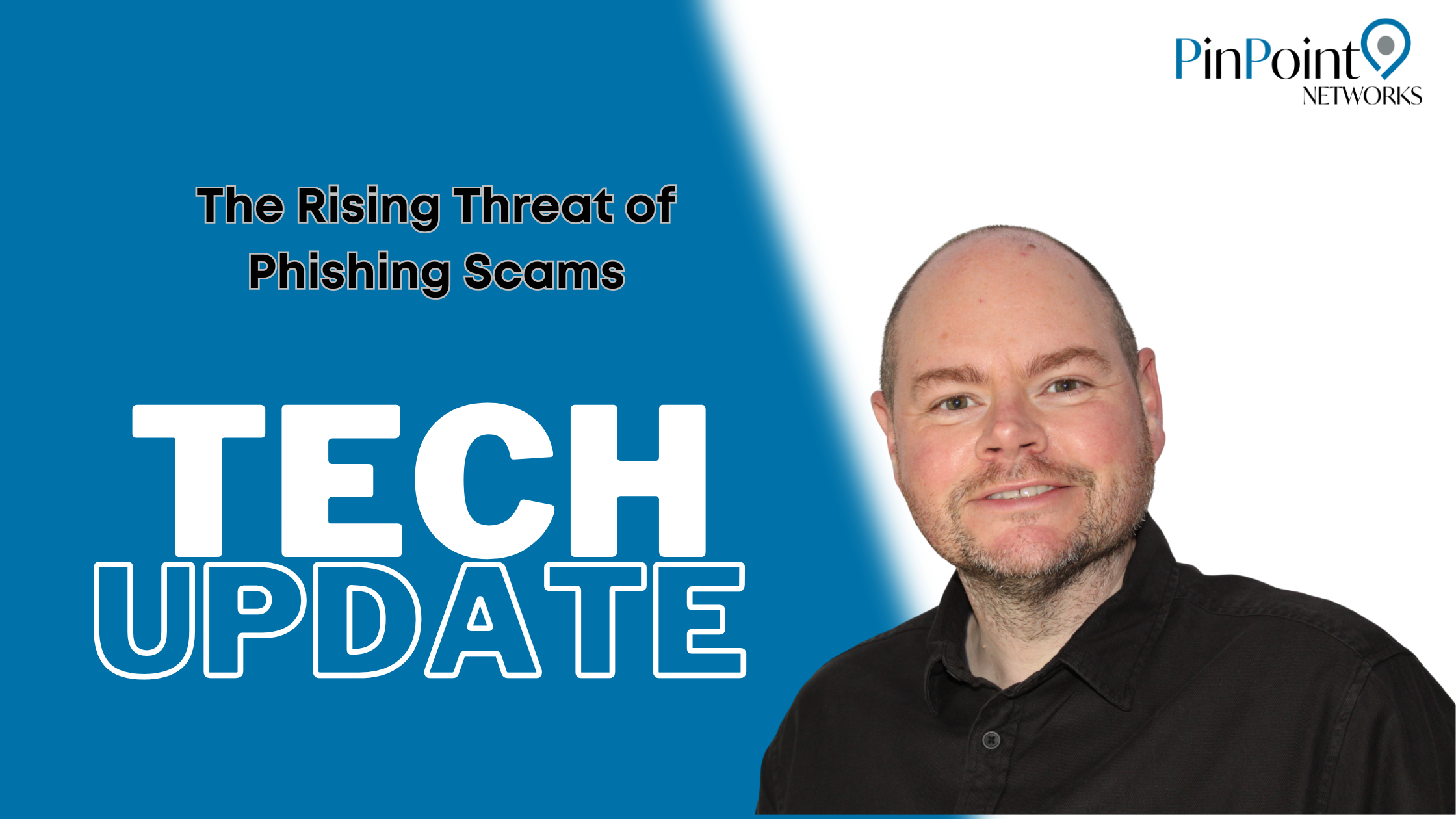The Rising Threat of Phishing Scams
Have you thought about how many phishing scams your employees face daily? The answer might shock you.
Last year, the number of workers clicking on phishing links increased threefold, and companies everywhere are feeling the consequences.
Before we explore this further, let’s take a step back.
Phishing involves scammers attempting to steal sensitive information, like passwords or payment details, by posing as a trusted source.
For instance, an employee might receive an email that appears to be from Microsoft, containing a link to a login page. If the employee enters their information, it goes straight to criminals, giving them access to your business.
The alarming part is that phishing attacks are not only becoming more frequent but also harder to detect.
While email phishing remains a major issue, scammers are now diversifying their tactics; they’re embedding fake links in search engines, social media, online advertisements, and comments on websites. Knowing that employees are cautious about emails, scammers are finding innovative ways to evade detection.
So, why are more individuals falling victim to these scams?
One reason is fatigue. With so many phishing attempts flooding their inboxes, employees find it tough to stay vigilant all the time. Additionally, scammers are becoming more inventive, creating fake emails and websites that closely mimic the real ones.
Now they’re even targeting reliable platforms like Microsoft 365, which contain valuable business information.
Your staff can either be your strongest defence or your biggest weakness. A well-informed team can recognise phishing attempts before harm occurs. However, if they lack awareness or preparation, one wrong click can lead to financial losses, stolen data, and significant trouble for your company.
What can you do about it?
Start with education. Ensure your team understands what phishing looks like, not just in emails but throughout the internet. Teach them to be cautious about unexpected requests for login information, verify links, and report anything suspicious. Regular training sessions can reinforce this knowledge and help reduce the risk of falling for phishing scams.
At the same time, don’t place all the responsibility on your team. Implementing tools like multi-factor authentication (MFA) provides an additional security layer, so even if a password is compromised, attackers cannot gain access. Pair this with updated software and a solid cybersecurity strategy for a much better chance of protecting your business.
Phishing scams aren’t going away anytime soon, but with the right measures in place, you can prevent your business from becoming another victim.
Need assistance in safeguarding your business data? We can help
Want to know more about Cyber Essentials?








